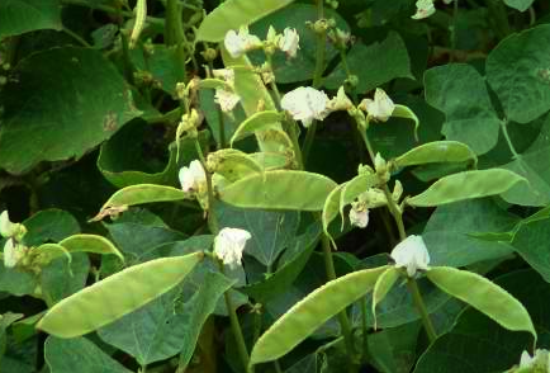Bataw Vegetable
Bataw is a vegetable grown for its edible pods and seeds. The seeds are eaten when the bataw pod is about to mature. The mature plant will dry and the bataw seeds will no longer be edible by usual cooking. The young and immature bataw pods are delicious and the most sought form of the vegetable in the market. The pods that are still green and soft are cooked together with Jute, malungay or moringga,
patola, squash or kalabasa, or other backyard vegetables with fish sauce. The said recipe is common in the Ilocos provinces due to abundance of this vegetable. The vegetable is not commonly sold in the urban markets due to few people tasted the vegetable. Bataw is a soft textured when cooked while the seeds when still not dry are delicious and comparable to string beans. Other vegetable recipe for bataw is stir fry or ginisa. There are pink and white green variants of the pods which taste the same. The whitish green pods has higher price since the pink ones are much pest tolerant due to good adaptation to its surroundings. Farming bataw and production is low. Export quantity is also low and further farming practice needs improvement to be able to commercially export the vegetable to other countries.
Bataw is known in other name as Lablab. In English it is known as
hyacinth bean, Egyptian kidney bean, lablab-bean, dolichos bean, bonavist pea, lablab bean, Indian bean, seim bean, and Australian pea. Bataw originated in Africa and well adapt to tropical climate. It requires medium to high amounts of precipitation for its growth and is cultivated throughout the tropics as food source.
Bataw Seeds
Lablab is a perennial plant that grows well in tropical climate. The plant is a vine and climbs to any available trellis. It also grows well in trees and fences, as the vine develops thick leaves to support many pods that it develops per season. It produces many pods from January to May. Bataw seeds develop from violet pink or white flowers of the bataw plant. The pods mature and dry. As they dry, the seeds might fell to the ground and germinate during the rainy days. Plant is perennial and can survive if the root system has uninterrupted supply of ground moisture. It develops thick roots and become host to nitrogen fixing bacteria that makes it a legume plant. The seeds are rich in protein.







Comments
Post a Comment